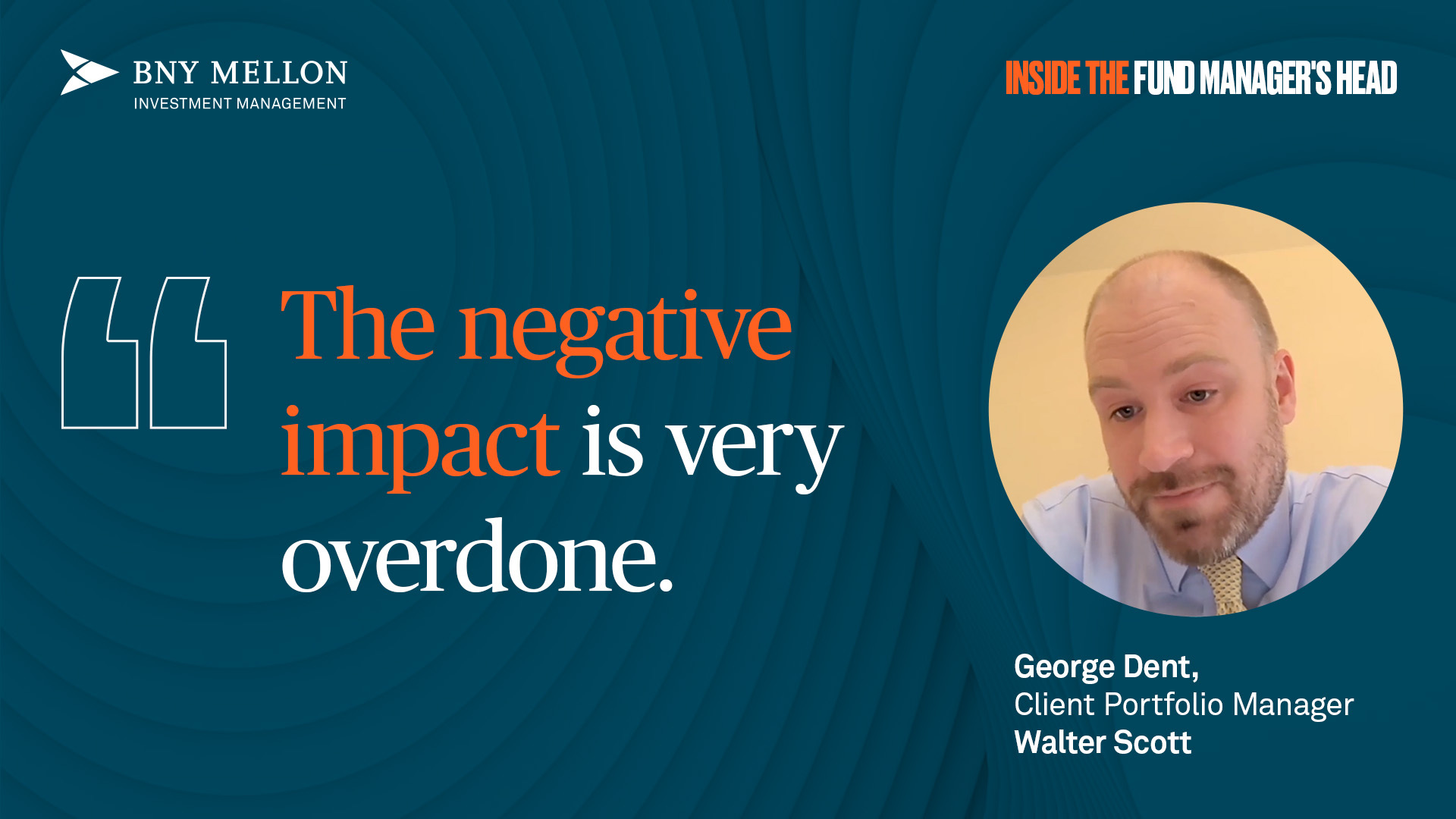 Shillito, who is director at SG Wealth Management, says he is happy to take a higher degree of risk within his own portfolio in the pursuit of a higher return.
Shillito, who is director at SG Wealth Management, says he is happy to take a higher degree of risk within his own portfolio in the pursuit of a higher return. As a result, he has been buying units in the £1.1bn Standard Life UK Equity Unconstrained fund – which is managed by Ed Legget – as it is an example of a portfolio that takes full advantage of a rising market.
“One that have been buying and I really like is Ed Legget’s Standard Life UK Equity Unconstrained fund,” Shillito said. “If you are looking for good long term returns, but at the same time you aren’t concerned if the fund’s price were to fall by 10 per cent in a year along the way, this is the exactly the type for fund for you.”
The fund was launched in September 2005, though Legget assumed sole responsibility of the portfolio in April 2008.
According to FE Analytics, since Legget has been in charge it has been the second best performing portfolio in the highly competitive IMA UK All Companies sector with returns of 179.84 per cent. The only one to have beaten it over that time has been FE Alpha Manager Mark Slater’s MFM Slater Growth.
However, as a point of comparison, the FTSE All Share has made just 43.72 per cent over that same period.
Performance of fund vs sector and index since Apr 2008

Source: FE Analytics
It has also been the sector’s best performing portfolio over five years and sits firmly in the top quartile over rolling one and three year periods.
Those returns, although high, have come with a very large amount of volatility.
Our data shows that the fund delivered top decile returns when the market rebounded after the crash in 2009 and was top decile in the rising markets of 2010, 2012 and 2013.
However, during 2008 when the UK market fell 29.93 per cent, Standard Life UK Equity Unconstrained lost a shuddering 41.05 per cent. Further still in difficult year of 2011, the All Share lost 3.46 per cent but Legget’s fund lost more than 20 per cent.

Source: FE Analytics
Due to those returns, the fund has had the highest annualised volatility in the sector and has the third worst maximum drawdown, which measures the return if investors were to buy at the fund’s highest price and sold at its lowest, since Legget took over.
The major reason for the fund’s past performance, Shillito says, is because it is truly unconstrained and Legget will buy a stock regardless of its index weighting. Shillito says that while it means the fund is volatile, it is something that should be applauded.
“There seems to be this pressure in the industry, or there is the perception, that investors ought to opt for the safest option,” Shillito said.
“You get all these fund representatives saying they are taking out all the volatility, be it with their absolute return or multi asset funds and I hear managers saying invest in our fund as we aim to deliver a good return, but we limit the downside.”
“People clearly have very short term memories. All equities can go down together, just look what happened in 2008.”
“The reality is that stocks go up and down, but providing you that the manager has bought a stock – at a good price – that has the long term potential to rise in value, then that should be a good investment.”
Legget’s unconstrained approach has meant he has often bought areas of the market which have been massively out of favour.
For instance, in the aftermath of the crises Legget had a high exposure to discounted cyclical companies, domestic facing stocks and small-caps which, while adding to his portfolios risk characteristics, helped him outperform when sentiment turned bullish.
However, Legget recently told FE Trustnet that those once out of favour sectors were now looking fully valued. As a result, he has recently been buying to larger companies as they are the ones which have been left behind in the recent rally.
This, Legget says, means that the fund should perform in a sturdier manner during times of market weakness than it has done historically.
That seems to be reflected in its returns so far in 2014. Having ended last year on a high, UK equities have stuttered so far this year as investors have taken profits following concerns over issues in emerging markets and geo-political risks in the Crimea.
However, while the FTSE All Share has been flat, Standard Life UK Equity Unconstrained has been a top quartile performer with returns of close to 3 per cent.
Performance of fund vs sector and index in 2014

Source: FE Analytics
One concern that other experts have highlighted, however, is that fund does have a capacity constraint.
Our data shows that the Standard Life fund almost doubled in size in 2013 and Legget pointed out that he would probably have to close the portfolio if its AUM were to surpass £2bn as he wouldn’t have the flexibility to dip into all areas of the market like he always been able to.
However, in the meantime Shillito says that the size of fund isn’t a concern for him and he expects it to continue to perform well as a result.
The fund’s clean share class has an ongoing charges figure (OCF) of 0.9 per cent.





